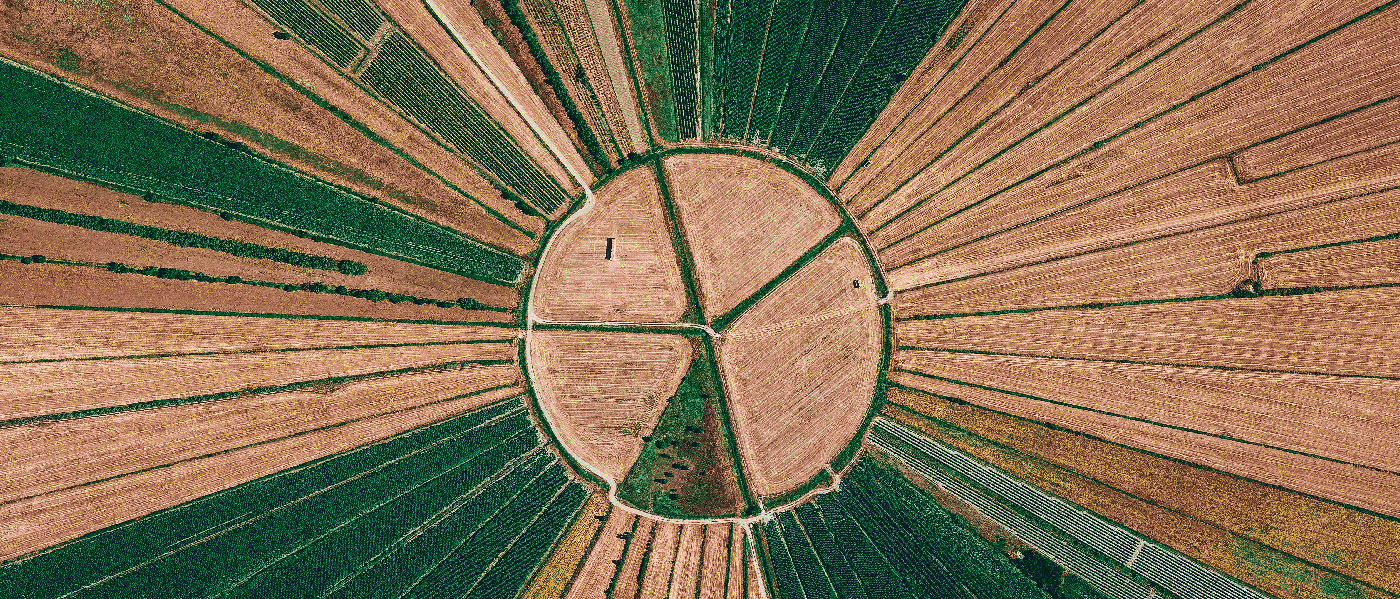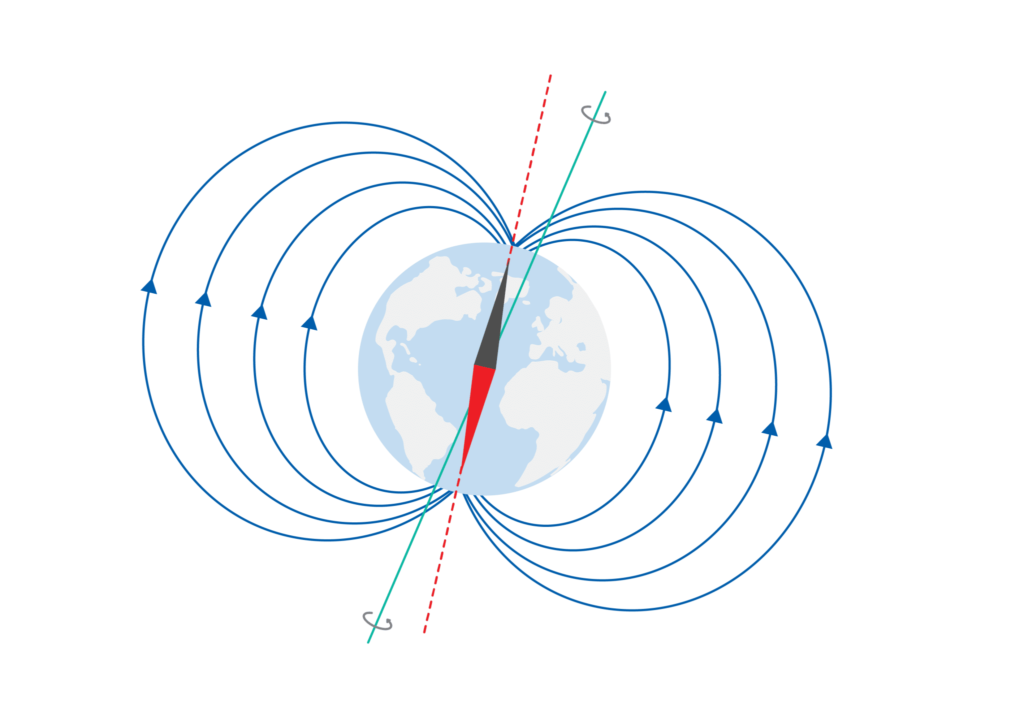From mining sites and crop fields to remote coastlines and disaster zones, UAV surveying is transforming how we capture and act on geospatial data. But speed and scale mean nothing without precision. When maps guide million-dollar positioning decisions, accuracy becomes mission-critical.
In this article, we’ll break down the core technologies behind high-precision drone surveying, including how next-gen systems like AI-powered INS achieve sub-meter results, even in GNSS-denied environments where traditional tools flatline.
RTK and PPK — the Backbone of UAV Surveying Accuracy
At the heart of modern drone land surveying lies high-precision GNSS (RTK/PPK).
Built-in drone GNSS systems in most starter drones have an accuracy range of about 1-3 meters. More advanced commercial and military-grade models offer greater accuracy thanks to stronger receivers and real‑time kinematic (RTK) features.
RTK improves accuracy by continuously sending correction data from a fixed base station (or network) to the drone during flight. This stream of RTCM broadcasted corrections compensates for signal delays caused by atmospheric conditions, enabling the drone to calculate its position with greater precision. For example, DJI Matrice 4E, equipped with RTK, achieves about 1 cm + 1 ppm horizontal and 1.5 cm + 1 ppm vertical accuracy
Meanwhile, post‑processing kinematics (PPK) performs equivalent corrections after the flight, using logged raw GNSS data, ensuring reliability even if the real‑time link drops mid‑mission. PPK enables even greater accuracy in UAV surveying missions. During field tests, WingtraOne PPK achieved 0.7 cm horizontal accuracy, with 1.3 cm horizontal / 2.3 cm vertical RMS across large survey areas.
Many popular land surveying UAVs now include dual RTK + PPK systems that log raw GNSS data while flying in RTK mode, enabling post-flight PPK correction if needed, offering more consistent cm-level accuracy.
But what happens when GNSS/GPS is down?
Hybrid INS as an Alternative To RTK/PPK in UAV Aerial Surveying
In high-interference zones or under GPS jamming/spoofing conditions, inertial navigation systems become a far better option for safe cruising.
Unlike RTK or PPK, which hinge on a reliable GNSS signal, INS requires no external connectivity. By continuously integrating motion data from the UAV’s gyroscopes and accelerometers, the onboard unit uses dead reckoning to establish the UAV’s last known position and chart the subsequent flight path.
The best internal navigation systems for UAVs include advanced capabilities like AI-powered sensor fusion, which combines data from gyroscopes, accelerometers, magnetometers, and barometric sensors to correct for drift in real time.
Some systems, like Bavovna’s Hybrid AI-INS, go a notch further. Pre-trained on chaotic flight data and then up and running in real-time, our solution enables precision hovering, automated return-to-launch, and stable navigation even in GPS-jammed, spoofed, or zero-visibility environments.
Real-World Hybrid AI-INS Accuracy in Action
The true test of any INS is how it performs when conditions get tough. Bavovna’s Hybrid INS (H-INS) was recently deployed on an Aurelia X6 Max UAV in a mission designed to push its limits: a 30.88 km flight under GPS-denied conditions, in freezing temperatures (0°C), through a high-entropy flight pattern of chaotic maneuvers.
The UAV flew for 57 minutes, performing more than 30 km of unpredictable flight during a Loiter Phase before executing a fully autonomous Return-to-Launch (RTL) — all without GPS input or map reliance. Despite the complex dynamics, the system achieved an end-point accuracy of just 4.2 meters, with an overall positioning precision of 99.99%.
Why does this matter for UAV drone land surveying? In remote areas where GNSS is blocked, spoofed, or unreliable — dense forests, dusty pits, or urban canyons — hybrid AI-INS systems allow surveyors to maintain flight stability, accurate positioning, and mission continuity. Whether mapping large swaths of terrain or conducting critical infrastructure inspections, this level of precision ensures survey-grade data quality even when satellite-based solutions fail
Elevating Survey Standards with Next-Gen AI-INS Systems
As drone surveying technology evolves, so do its capabilities to deliver precision in even the harshest environments. Traditional GNSS-based methods may falter under interference, but advanced solutions like AI-powered Hybrid INS are redefining what’s possible, providing centimeter-level accuracy where satellites can’t.
For missions where positional drift simply isn’t an option—from UAV land surveying in remote terrains to critical infrastructure mapping—next-gen systems like Bavovna’s AI Navigation Kit offer unmatched reliability and precision. Explore UAV surveying tech that performs even where GPS can’t.




